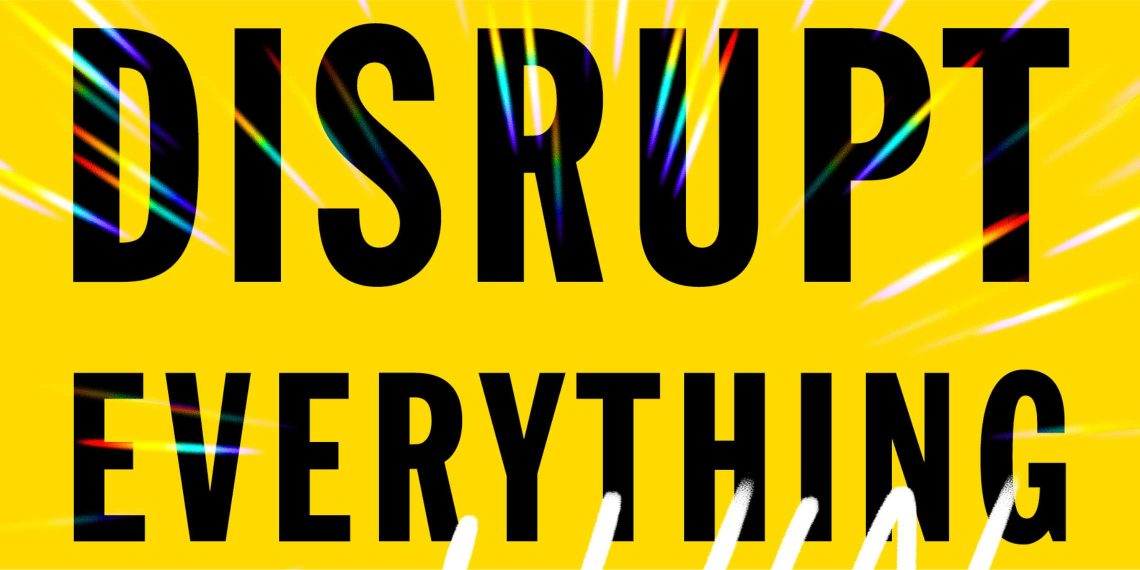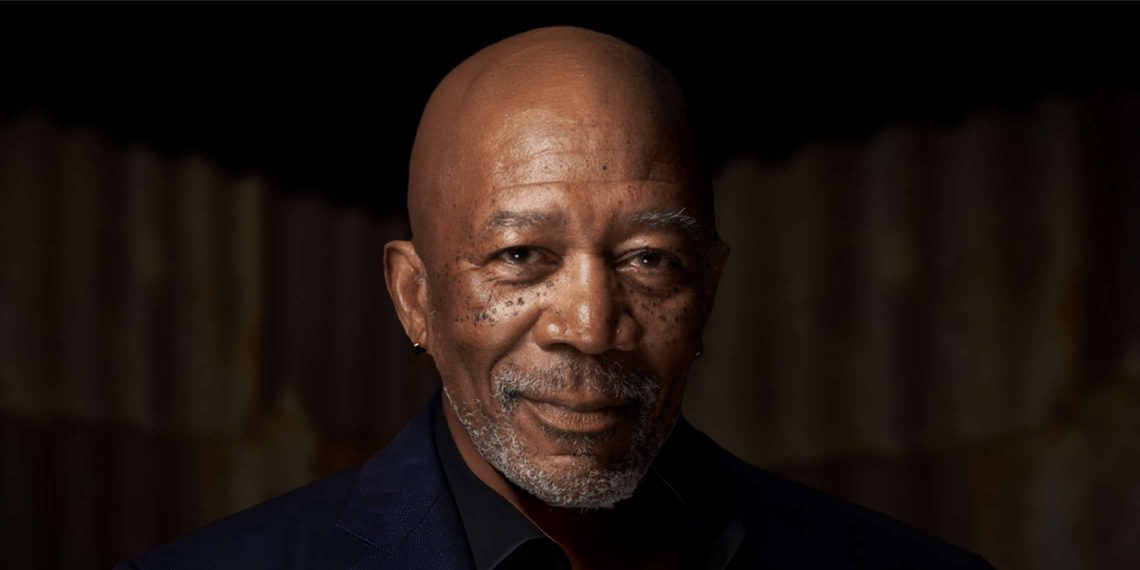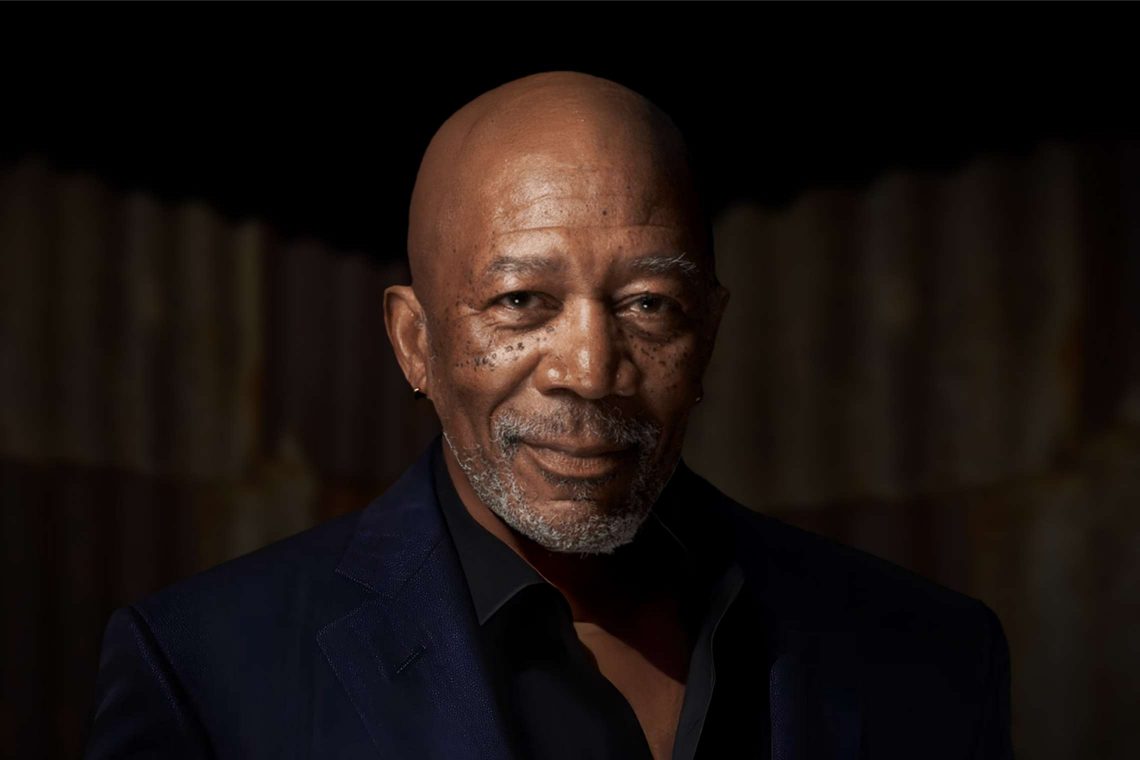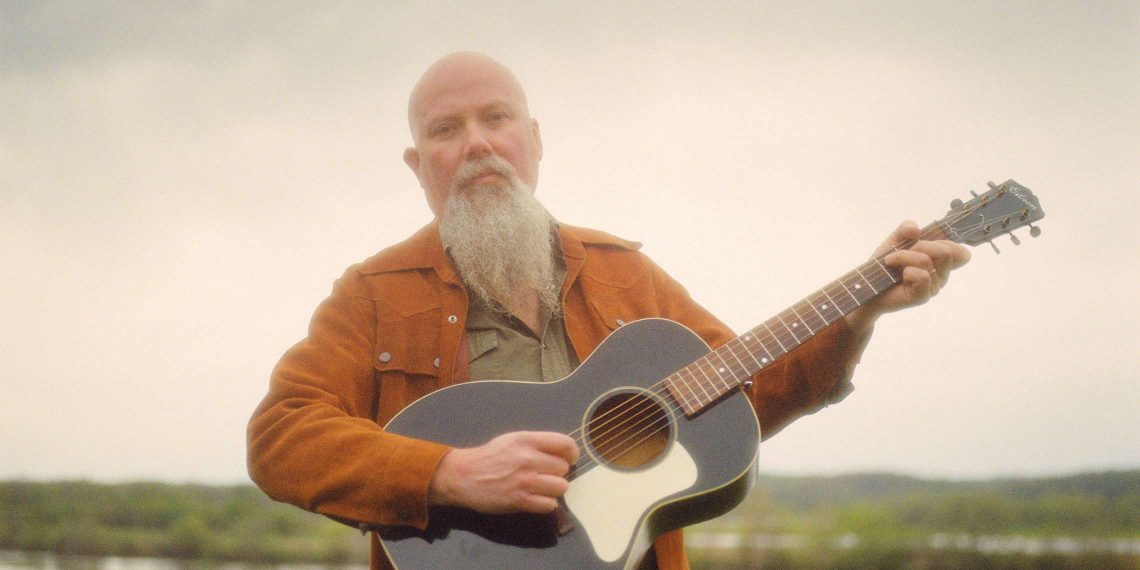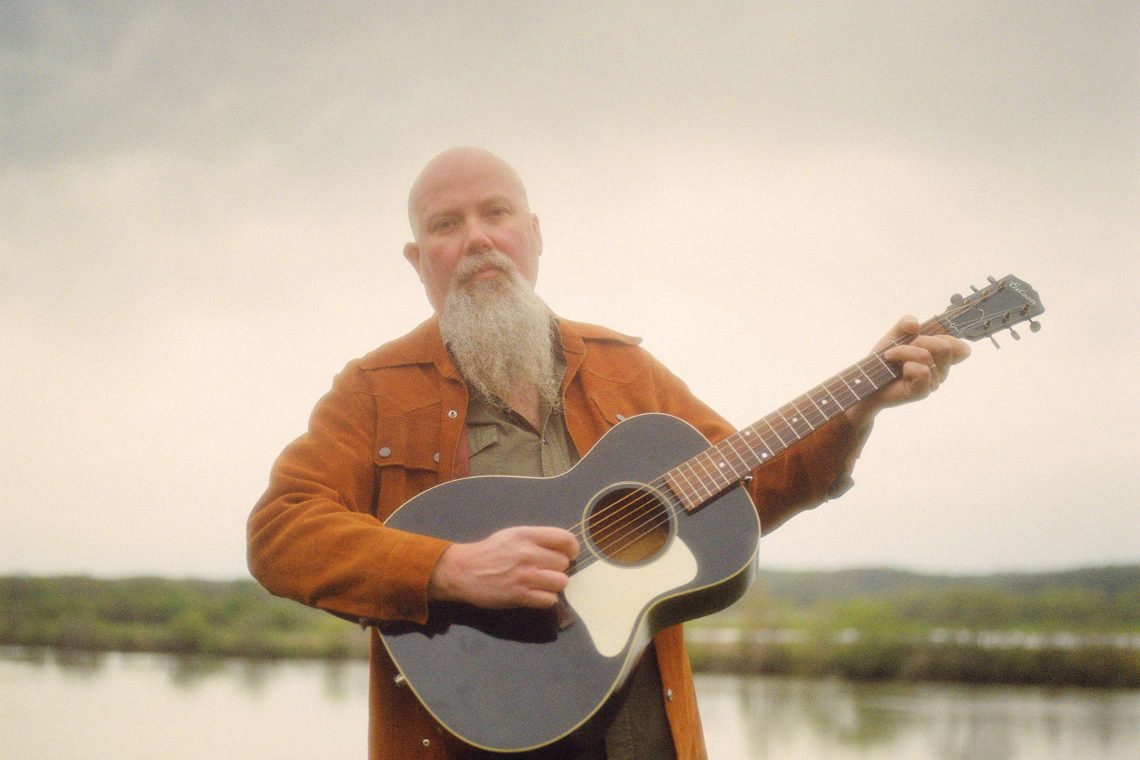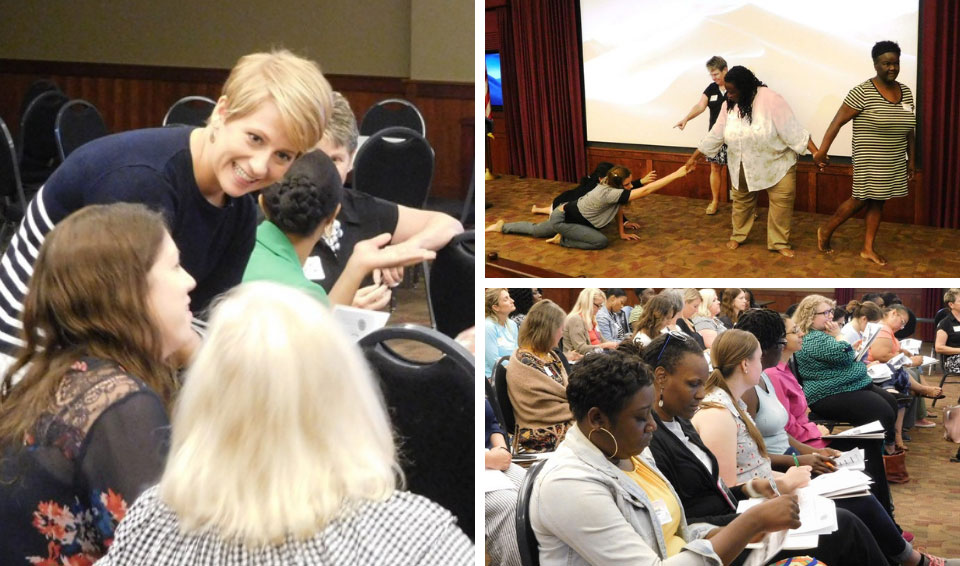
When the final bell rings on the last day of school, students and teachers alike are ready for a break. For most kids, that means snow cones and bathing suits. For teachers, it kicks off several days of mandatory planning and professional development. This year, many dedicated teachers voluntarily gave up an extra day, their first official day of summer break, to learn about arts integration.
The “Arts Integration Full Circle” workshop was developed as a unique collaborative partnership between the Council on Culture & Arts, Opening Nights at FSU, Focus 5, Inc., Leon County Schools and the Florida Alliance for Arts Education. It was sponsored by the Florida Center for Partnerships for Arts Integrated Teaching (PAInT) at the University of South Florida Sarasota-Manatee (USFSM).
Leon County was one of six counties in the state that committed to providing this kind of instruction as part of the “PAInT Across Florida” initiative. Leading the way was Emily Smith, a national teaching artist from Focus 5, Inc., an organization offering arts integration training and consulting. Smith travels to public schools and universities around the country to lead workshops and residencies and she was impressed with our local teachers.
“They were very engaged and they had a lot to discuss which is always a good indicator that they understand what we’re talking about and they’re interested in doing more and continuing the conversation,” said Smith.
The workshop was specifically designed for K-8th grade non-arts educators and participants were encouraged to jump right in to a sample activity. They assembled into small groups to work cooperatively. The goal was to embody their students, synthesize new information about Westward Expansion and demonstrate their understanding from the perspective of women suffragists, settlers and Native Americans.
Each group was challenged to create a tableau, a living picture capturing a moment in time. This theatrical strategy requires participatory learning, high order thinking and deep comprehension. The teachers used no props, costumes, scenery or dialog apart from six words to help communicate their essential message.
Jennifer Koon was struck by “the simplicity of it all. It was fantastic and very powerful.” Koon is the director of curriculum and instruction for K-8 grade at the School of Arts and Sciences on Thomasville Road. She recognizes that, to some teachers, arts integration may seem daunting but this workshop showed it doesn’t have to be complicated to be effective.
Smith emphasized this point throughout the remainder of the six-hour workshop. “One of the biggest things that can intimidate teachers is when they feel they need to put on a play or a musical or an art show. That’s not what we’re looking for,” she explained.
“Eventually our students should be able to produce something but this is more about our approach to teaching and how we’re engaging students in the learning by letting them solve problems collaboratively through exploration and inquiry. That’s what arts integration is aiming for.”
Koon is eager to bring this philosophy back to her school. “Already my wheels are turning. We want to create a community of doers. We want students to be active participants in the learning process.
Rather than just passively sitting by and absorbing information, we want them to be contributing and creating. The arts integration platform is an amazing opportunity for our students to make learning come alive and speak to them. We all have that within us so we’re tapping into the talents that we have.”
After gaining a solid understanding of the philosophy of arts integration, participants split into groups to partner with arts specialists to explore a variety of arts integration strategies that can be used in their classrooms. One of the group facilitators was Julie McBride, retired visual art teacher. She currently serves as an adjunct professor teaching an arts integration course for elementary education students at Flagler College’s Tallahassee campus.
“I love that this was open to every classroom teacher. There were nearly 40 participants here and many of them came as teams of teachers who will go back and collaborate with one another,” McBride said. In addition to classroom teachers, there were several school administrators, support staff members and other faculty in attendance.
As the school counselor at Apalachee Tapestry Magnet School of the Arts, Samantha Love sees arts integration as a way to help change the school environment. She said “arts integration helps get students from knowledge to understanding. It works. I’ve seen it work. It gets you out of the one size fits all approach to teaching and it lends itself to reaching more students. It allows you to see each individual’s creativity and to watch how it grows and expands over a period of time.”
Though Love already has a considerable amount of training in arts integration, this workshop served as a refresher and an extension for her. “It reminded me to be fearless in this approach to teaching. To try new things. Focus less on the product at the end and to appreciate the process.”
Smith was encouraged by the level of enthusiasm.
“This group of teachers values the arts. That’s not the case in every educational community,” Smith said.“These teachers are craving creative experiences for their students. They are already trying to find ways for the arts to come into their classrooms. They know their students deserve access and that’s half the battle in advocating for arts integration.”
Amanda Karioth Thompson is the Interim Executive Director for the Council on Culture & Arts. COCA is the capital area’s umbrella agency for arts and culture (www.tallahasseearts.org).
To read more articles about the arts in Tallahassee, please visit https://coca.tallahasseearts.org/blog/


